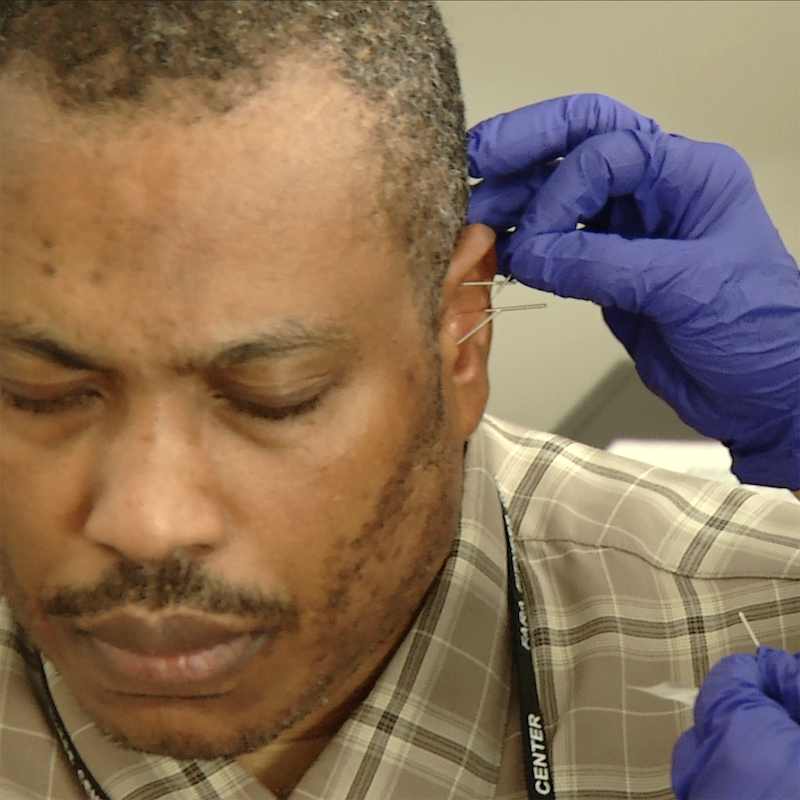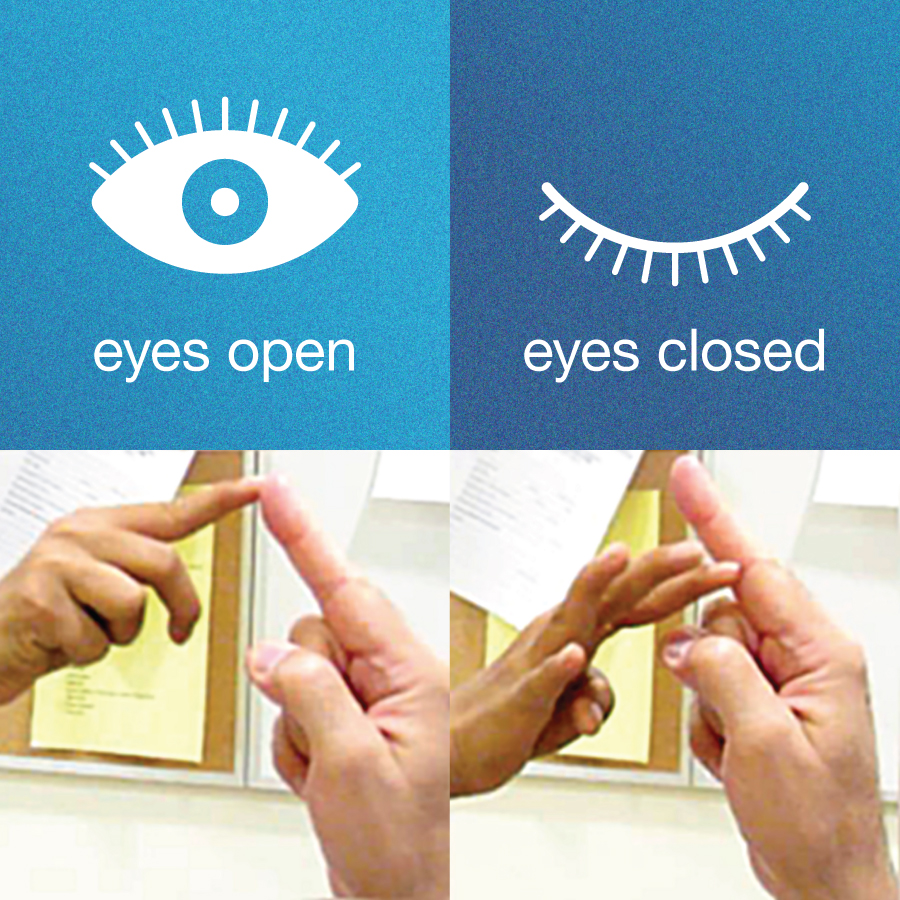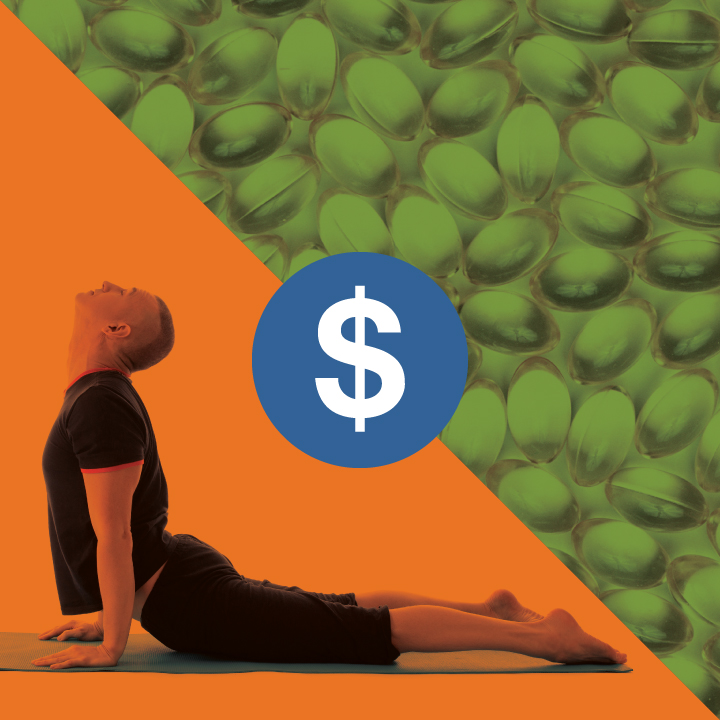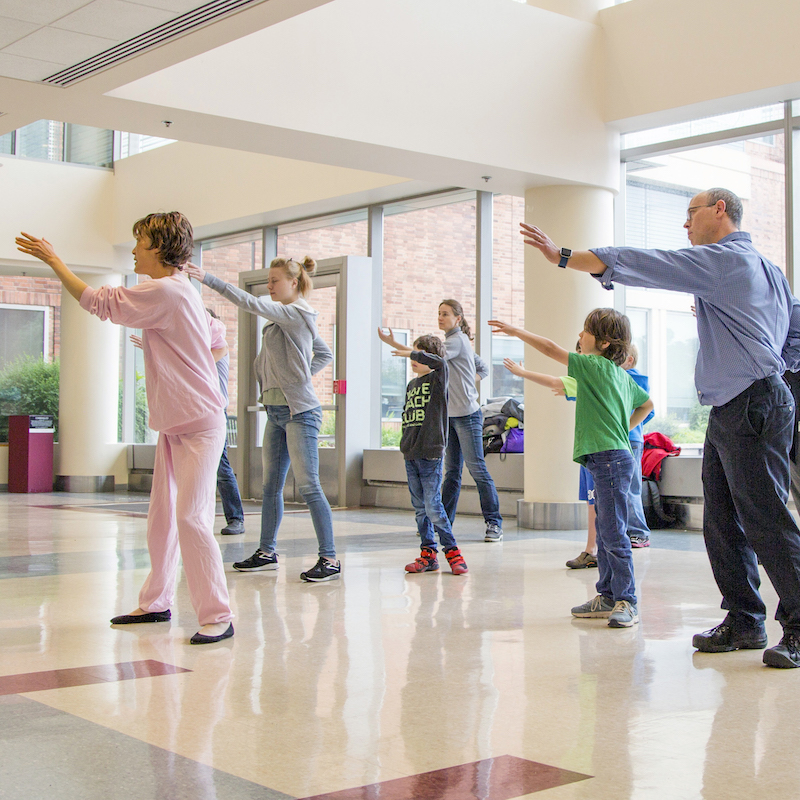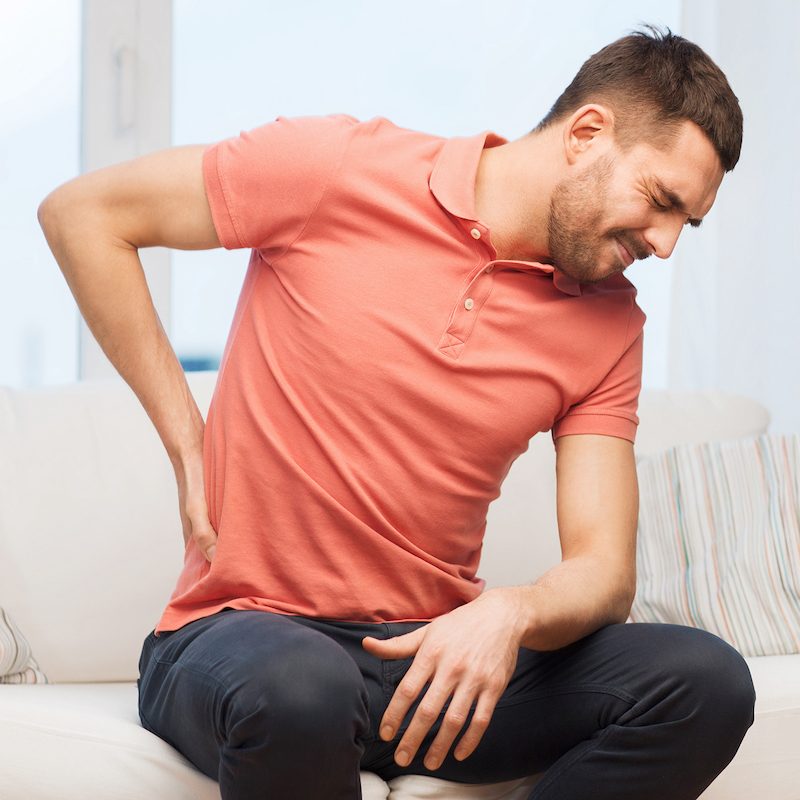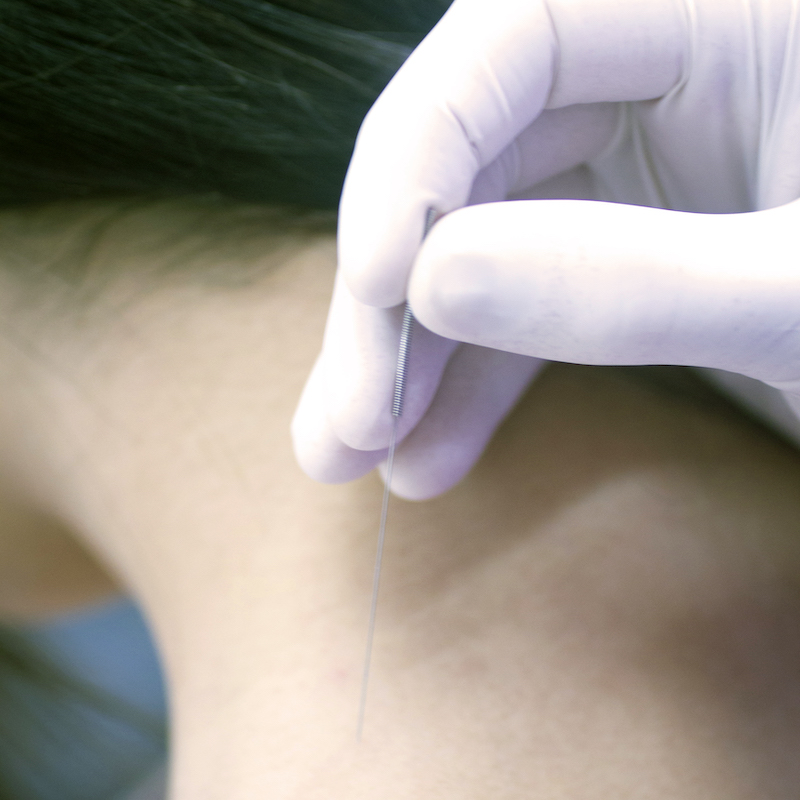Selected Research Results
Research spotlights of selected studies are shown below. For a full list of published NCCIH Research to-date, see PubMed.
Spotlights for 2016
Veterans Are in Pain, According to Analysis of National Health Survey
Painful conditions, such as back and joint pain, are more common in veterans than nonveterans, according to a new analysis of national survey data.
November 2016
New Analysis of Data Reveals Americans’ Use of Complementary Health Approaches for Musculoskeletal Pain
American adults with some form of musculoskeletal pain are more likely to use complementary health approaches than people without one of these pain disorders, according to recent data from the National Health Interview Survey.
October 2016
Study Provides New Information on Mechanisms Involved in Touch Sensation and Self-Perception of Body in Space
NCCIH-supported study gives insights into mechanisms involved in touch, and sheds light on the role of proprioception—the ability to sense the body’s position, equilibrium, and movement through space―on health and survival.
September 2016
Review Examines Clinical Trial Evidence on Complementary Approaches for Five Painful Conditions
A recent study by NCCIH scientists show several complementary health approaches are promising pain management practices.
September 2016
Americans Spend $30 Billion a Year Out-of-Pocket on Complementary Health Approaches
About 59 million Americans spend money out-of-pocket on complementary health approaches, and their total spending adds up to $30.2 billion a year.
June 2016
Variations in the Types and Amounts of Bacteria in Echinacea Plants May Influence the Herb’s Effects on Infectious Disease
Differences in the bacteria inside echinacea plants may determine whether and how much the herb enhances the immune system and fights infectious diseases like the common cold.
June 2016
Study Shows Tai Chi and Physical Therapy Were Equally Helpful for Knee Osteoarthritis
Study suggests tai chi is as helpful as physical therapy in reducing pain and improving physical functioning in adults with knee osteoarthritis.
May 2016
Two Mind and Body Practices for Chronic Low-Back Pain Better Than Usual Care Alone
More evidence that mind and body practices help people with chronic low-back pain.
March 2016
Acupuncture, as Practiced in Clinical Settings, May Significantly Improve Menopause-related Symptoms
NCCIH-supported research suggests acupuncture may significantly reduce hot flashes and other vasomotor symptoms and improve some quality-of-life measures associated with menopause.
March 2016
Mindfulness Meditation Relieves Pain, but Works Differently Than Opioids in the Body
Previous research has shown that mindfulness meditation helps relieve pain, but researchers have been unclear about how the practice induces pain relief—specifically, if meditation is associated with the release of naturally occurring opiates. Results from a new study, funded in part by the National Center for Complementary and Integrative Health, demonstrate that mindfulness meditation does not rely on the endogenous opioid activity to reduce pain, which is an important consideration for using meditation to treat chronic pain.
March 2016
Study Builds Evidence on New, Efficient Approach To Assess Pain
A newly developed two-question coding scheme may eventually prove to be a useful tool to help physicians quickly assess pain severity in clinical settings.
March 2016
Study Reveals Insurance Coverage Patterns for Acupuncture, Chiropractic, and Massage
Americans are increasingly willing to pay out-of-pocket for acupuncture, chiropractic, or massage care that isn't covered by health insurance, according to a new analysis of data from a national survey.
January 2016
